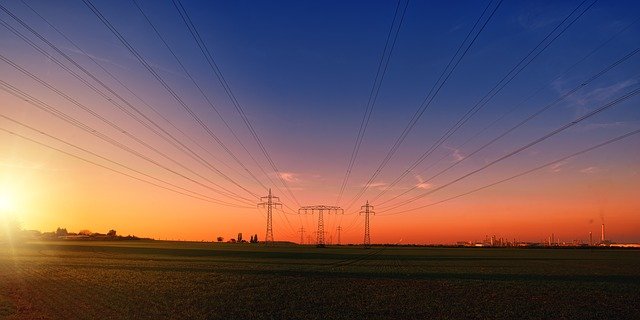Dozens of electrical utility companies across the country have pledged to become “carbon neutral” by 2050. But recent Sierra Club research shows that hardly any of them are making significant changes to move toward clean energy. Are they greenwashing our electricity?
Clean Energy
Coal miners may symbolize the working class in politics, but according to the latest labor statistics, coal mining employs roughly 43,000 people in the United States. By comparison, 611,000 people work in zero-emission energy industries (including nuclear power, which has its own environmental issues).
A recent report from the Political Economy Research Institute indicated the U.S. could create 3.2 million jobs per year in the renewable energy sector and over 700,000 jobs in energy efficiency. S&P Global Market Intelligence reports that coal is no longer economically attractive. Whether the motivation is economic or environmental, renewable energy is a growing industry, recently reaching 10% of U.S. energy production.

That’s good news, because limiting global warming to 1.5 degrees Celsius (the Paris Agreement target established by the Intergovernmental Panel for Climate Change), depends on reaching carbon neutrality by 2050, and cutting carbon emissions in half by 2030. Eliminating coal power by 2030 is a critical step to achieving carbon neutrality.
The Dirty Truth About Utility Climate Pledges
The Dirty Truth About Climate Pledges analyses IRPs (long-term energy plans released by utilities) from the 50 American utility companies and their subsidiaries (for a total of 79 operating utilities) that generate the most electricity from coal and gas. These biggest polluters make up 43% of total U.S. electricity generation.
In the report, Sierra Club acknowledges that the electricity sector, which reduced carbon emissions by 33% between 2005 and 2019, has done more to reduce emissions than the transportation, buildings, and industry sectors. But the report claims that almost all electric utilities’ pledges to become “carbon neutral” are greenwashing.
Transitioning to clean energy requires three actions from utilities: retiring existing coal plants, stopping the construction of new gas plants, and aggressively expanding clean energy. Sierra Club evaluated the utilities’ IRPs for these three steps and assigned a score based on plans through 2030. The aggregate score for all companies studied is a failing grade of 17 out of 100. Only 33 companies have a public climate goal of any kind. Only five are in states that legally require them to meet their climate goal. Even though many of the climate pledges target 2050 for climate neutrality and IRPs only extend to 2030 or 2035, their plans do not put them on a trajectory to achieve carbon neutrality by 2050.
Unpacking the Report
Although 63% of coal plants have already stopped operating, the 50 companies most heavily invested in coal have only committed to retiring 25% of their remaining coal generation (165 million megawatt-hours) by 2030. The 20 most coal-heavy companies are making even fewer changes, only retiring 17% of their coal plants. That is a huge gap from the 50% reduction needed by 2030.
New gas plants are less polluting than coal but far from carbon-neutral. However, 32 of the operating companies included in this study are planning to build 36,000 MW of new gas plants in the next decade.
This is much less than the planned addition of 250 million MWh of new wind and solar energy by 2030. But the planned renewable energy replaces only 20% of fossil fuel use – much less than needed. Once again utilities are moving in the right direction, but at a far slower pace than required to meet meaningful environmental targets.
Utilities with a net-zero climate pledge averaged 20 out of 100 while utilities without such a pledge averaged 14 out of 100. That shows that companies making a public pledge are doing better. But these failing scores indicate that, in most cases, the pledges count as greenwashing. Even if promises are met, they are insufficient to avoid the worst effects of climate change.
Making a Difference
You can take action and see the report card for your utility on Sierra Club’s website. If you’re not happy with what you learn about your electricity, you might switch your home to solar power. Use the Green-e Renewable Energy search or contact your utility directly to communicate consumer demand for clean energy. And sign up for a green power portfolio, if one is available to you. Utility-sponsored energy efficiency programsare much more common than green portfolios, offering rebates and incentives on everything from home energy audits to programmable thermostats. And you can always reduce your home energy consumption with simple energy hacks.
The post Is Your Electricity Greenwashed? appeared first on Earth911.








